For thriving gardens, regularly add compost and choose plants suited to your climate. Consistent pruning maximizes growth and health.
Gardening is both an art and a science that rewards those who invest time into understanding its intricacies. Utilizing the right tips and tricks can turn a decent garden into a flourishing oasis. Seasoned gardeners and novices alike can benefit from knowing how to select the appropriate tools, optimize plant spacing, and create a watering schedule that promotes deep root development.
Gardening Tips and Tricks: Engaging in a consistent garden maintenance routine not only enhances plant health but can also increase the yield of fruits and vegetables. Pairing these practical steps with the knowledge of local pests and beneficial insects ensures a robust garden. Whether you’re cultivating a small herb window box or managing an extensive vegetable plot, adopting proven gardening strategies is key to success.
Table of Contents

Credit: www.backtoedenfilm.com
The Joy Of Gardening
Gardening brings more than beauty to your outdoor space. It’s a gateway to a world of freshness and connection. Whether cultivating vegetables, flowers, or herbs, each seed planted nurtures the soul.
Connecting With Nature
Digging in the dirt with your hands links you to the earth’s rhythms. Planting a garden creates a sanctuary where life’s cycle unfolds before your eyes.
- Witness seedlings erupt from the soil.
- Watch bees, butterflies, and birds visit.
- Feel the calm breeze, and savor the sunlight
Benefits For Mind And Body
Gardening is a health elixir for both mind and body. The act of nurturing plants reduces stress and fosters peace.
| Physical Benefits | Mental Benefits |
|---|---|
| Improves hand strength | Boosts mood |
| Encourages exercise | Alleviates anxiety |
| Supports heart health | Enhances focus |
Each plant you care for in your garden brings joy and fulfillment.
The garden is a canvas, and you are the artist. Let your creativity bloom along with your plants!
Starting Your Garden
Are you dreaming of growing a garden that becomes the envy of the neighborhood? Starting your garden is the first step toward this dream! With the right guidance, turning a patch of earth into a flourishing paradise is within your reach. Let’s dig in and plant the seeds of knowledge for a bountiful garden journey!
Choosing The Right Location
Like finding the perfect home, your garden’s location is key. Select a spot that gets plenty of sunlight, away from large trees and buildings. Ensure the area has good drainage to prevent water-logging. Remember, a happy garden is a sunny, well-drained one!
- Look for at least 6 hours of sunlight daily.
- Check soil quality – it should be rich and loamy.
- Make sure water doesn’t collect after rain.
Essential Tools For Beginners
As a budding gardener, you need some essential tools. They don’t have to be fancy, but they must be right for the job. From gloves to keep your hands safe to a trowel for planting, here’s what to start with:
| Tool | Use |
|---|---|
| Gloves | Protect hands from dirt and injury |
| Trowel | Dig small holes for planting |
| Spade | Dig larger holes and turn soil |
| Rake | Level soil and clear debris |
| Watering Can | Water plants gently |
| Pruners | Trim and shape plants |
With these tools in hand, you’re set to start your gardening adventure. A few quality tools make all the difference in growing a stunning garden!
Planning Your Garden Layout
Creating a dream garden begins with a solid plan. Consider the space, plants, and effort it will require. A thoughtful layout ensures beauty and less work. Let’s explore how best to design your garden space.
Design Principles
A well-thought-out garden layout brings harmony and balance. Start by sketching your space on paper. Include fixed elements like trees or sheds. Plan paths for easy access and think about bed shapes. Circles or curves add interest.
- Choose a style: Formal or informal, Asian or woodland.
- Consider color schemes: Monochrome or a riot of color.
- Borders and plant heights should complement one another.
Sunlight And Shade Considerations
Understanding your garden’s light patterns is critical. It guides which plants to choose and where they thrive. Observe sunlight over several days. Note the sunny and shaded spots at different times of the day.
| Time of Day | Sun Exposure |
|---|---|
| Morning | Light for breakfast areas. |
| Afternoon | Heat lovers, like tomatoes. |
| Evening | Cool shade for relaxing. |
- Map out full sun areas (6+ hours of direct sunlight).
- Identify partial shade (3-6 hours of sunlight).
- Spot full shade areas (less than 3 hours of sunlight).
Soil Preparation Secrets
Plants thrive in good soil. Perfecting your garden’s earth is a game-changer. Soil secrets unlock plant potential. Let’s dig into these secrets and transform dirt into a plant paradise!
Testing And Amending Your Soil
Know your soil type—it’s vital for garden success. Testing soil reveals the nutrients and pH level. Testing kits or services give this info. Your soil might need a boost. Add organic matter, like compost, to improve its quality. If the pH is off, use lime for acidic soil or sulfur for alkaline soil. A balanced pH lets plants access nutrients easily.
Over time, soil uses up nutrients. Annual testing tracks this. Amend soil based on results. Plants will show gratitude through vibrant growth. Bold, healthy, and colorful plants start with the right soil balance. Match soil amendment to plant needs for best outcomes.
Composting Basics
Compost acts like a vitamin shot for your garden. Start with kitchen scraps, like vegetable peels, eggshells, and coffee grounds. Include yard waste like leaves and grass clippings. Avoid meats and dairy to prevent pests.
Maintain a balance between greens and browns. Greens are nitrate-rich, like veggie scraps. Browns are carbon-rich, like dry leaves. This mix speeds decomposition, creating rich compost.
Turn your pile every few weeks. This aerates, speeding breakdown. Keep it moist, like a wrung-out sponge. In a few months, you’ll have a natural fertilizer. Spread it in your garden. Watch as it boosts growth, improves soil structure, and reduces disease risk. Compost is a garden superfood!
Selecting Plants For Your Garden
Think of your garden as a canvas, ready to bloom with colors and textures. The choices are endless, so let’s explore key considerations in selecting the right plants. Planting wisely sets your garden up for success, adding life and vibrancy for seasons to come.
Understanding Plant Hardiness
The foundation of a thriving garden lies in choosing plants that can withstand your local climate. Hardiness refers to a plant’s ability to survive adverse growing climates. The USDA Hardiness Zone Map divides North America into zones based on average minimum winter temperatures. Knowing your zone helps you pick plants that will flourish.
- Check the tag: Plant tags list the hardiness zone.
- Consider microclimates: Areas within your garden may have different exposures and temperatures.
- Don’t test limits: Choosing plants slightly more hardy than your zone ensures survival.
Combining Annuals And Perennials
Annuals and perennials bring different strengths to your garden. Annuals, living for one season, offer vibrant color and instant gratification. Perennials return each year, growing stronger and more impressive with time.
| Annuals | Perennials |
|---|---|
| Bright, season-long flowers | Year-round structure |
| Perfect for filling gaps | Requires less frequent replacing |
| Good for experimenting | Forms the backbone of the garden |
Try layering plants in your garden design. Interplant perennials with annuals to ensure continuous blooms. When annuals fade, the perennials rise. Remember to consider bloom times and growth habits for a balanced, beautiful space.
Planting Techniques
Successful gardens start with smart planting techniques. Knowing when to plant and how to space your seedlings can lead to a flourishing garden. Here are key strategies to transform your green space.
Timing And Spacing
Great gardens follow nature’s lead. Use the seasons to guide your planting schedule. Spring blooms with promise for seedlings. Autumn preps perennials for a vibrant return
| Season | Best for Planting |
|---|---|
| Spring | Annuals, Vegetables, Herbs |
| Autumn | Perennials, Shrubs, Bulbs |
Spacing matters. Each plant needs its own place to grow. Use a ruler to measure exact distances.
- Small plants about 5-10 inches apart
- Medium plants 12-18 inches apart
- Large plants 24 inches apart or more
Watering Wisdom
Every drop counts. Be smart with your watering practices.
- Water in the morning or late afternoon
- Soak the roots, not the leaves
- Avoid overwatering. Wait until the top inch of soil is dry
Tools can help. Moisture meters measure your soil’s thirst.
Consistency is key. Set a schedule to keep your plants happy and hydrated.
Pest Control And Maintenance
Gardening requires attention and care, especially when it involves keeping pests at bay and maintaining healthy growth. Pest Control and Maintenance play a crucial role in a garden’s success. This section will help gardeners embrace eco-friendly methods and regular habits. Let’s create a thriving garden together!
Organic Pest Deterrents
Nature offers solutions to fight pests without harming the earth. Organic deterrents keep plants safe and the environment clean.
- Neem oil acts as a natural pesticide.
- Companion planting repels unwanted insects.
- Diatomaceous earth protects plants from crawling pests.
Mix soapy water and spray on the leaves to remove aphids. Crushed eggshells around plant bases detour snails and slugs. Introduce beneficial insects, like ladybugs, for a balanced ecosystem.
Regular Pruning And Weeding
Maintaining a garden requires regular pruning and weeding. These tasks support plant health and prevent disease.
| Task | Benefit |
|---|---|
| Pruning | Encourages growth, removes dead branches. |
| Weeding | Reduces competition, improves water and nutrient uptake. |
Prune during dormant seasons for less stress on plants. Use sharp tools for clean cuts. Pull weeds close to the root to prevent quick regrowth.
:max_bytes(150000):strip_icc()/Eden-Garden-Design_courtyard_Greg-Thomas-Photography-0223-2000-a3ecb6b0556d4e63835a74868511bbd8.jpg)
Credit: www.marthastewart.com
Harvesting And Enjoying The Bounty
Gardeners often say there’s nothing more rewarding than the act of harvesting. Plucking ripe vegetables and fragrant herbs from your own soil brings a special joy. With these tips, you’ll be equipped to harvest efficiently and make the most of your garden’s bounty.
Best Practices For Harvesting
Timing is crucial to maximize flavor and nutrition. Here are pointers to get it right:
- Pick in the morning when temperatures are cool for peak crispness.
- Harvest little and often to encourage more production.
- Use the right tools such as garden shears or scissors to avoid damage.
- Check plant profiles for specific harvesting guidelines.
Understand the signs of readiness. Tomatoes should be firm and fully colored. Lettuces, when leaves are tender and before they start to bolt. Follow nature’s cues for the best flavor.
Sharing And Preserving Your Harvest
Once you’ve gathered your harvest, it’s time to savor and store your produce. Here’s how to make the abundance last:
| Sharing | Preserving |
|---|---|
| Donate surplus to food banks or community centers. | Freeze vegetables and fruits for long-term storage. |
| Host a neighborhood swap to diversify your pantry. | Can and pickle for delicious treats year-round. |
| Give herb bouquets to friends for a fragrant gift. | Dry herbs for seasoning dishes anytime. |
Label containers with contents and date. Rotate your stock to use older items first. With these practices, enjoy your garden’s yield well into winter.
Year-round Gardening Strategies
Gardening can be a relentless passion, no matter the season. Embracing year-round gardening strategies allows enthusiasts to enjoy a bountiful harvest throughout the entire year. Let’s explore practical tips to make your garden thrive in all seasons.
Succession Planting
One of the keystones of a vibrant year-round garden is succession planting. This method ensures a steady crop yield over time.
- Begin by dividing your garden space into sections.
- Plant a variety of crops with different maturity times in each.
- Once you harvest one, plant another crop immediately.
Using this strategy, your garden will always have something growing, keeping your soil active and your dinner table full.
Extending The Season With Greenhouses
For those seeking to defy the confines of traditional seasons, greenhouses are a must.
- Greenhouses trap heat and moisture, creating a warm haven for plants.
- They allow early seed starting and late harvesting.
- Choose plants that thrive in controlled conditions, like tomatoes and peppers.
By integrating a greenhouse into your gardening plan, you extend your growing season and protect delicate plants from harsh weather.
| Season | Greenhouse Action |
|---|---|
| Spring | Start seeds early |
| Summer | Shade sensitive plants |
| Fall | Harvest late-yielding crops |
| Winter | Grow cold-tolerant varieties |
Innovative Gardening Techniques
Embrace the future of gardening with innovative techniques that transform the way we cultivate plants. These methods bolster efficiency and maximize space. They cater perfectly to modern living spaces. Discover how to craft a lush garden, even in the smallest of spaces.
Vertical And Container Gardening
Vertical and container gardening are game-changers. They use height and portable containers for growing plants. Below, find easy tips to start your vertical garden:
- Choose the right location: Look for spots with adequate sunlight.
- Use wall-mounted planters: Save floor space by hanging pots on walls.
- Optimize balcony spaces: Turn any balcony into a green retreat.
- Get creative with shelves: Arrange plants on shelves for a tiered effect.
Hydroponics And Aquaponics
Grow plants without soil using the power of water in hydroponics and aquaponics. Let’s dive into their benefits and simple setup steps.
| Technique | Benefits | Setup Basics |
|---|---|---|
| Hydroponics | Uses less water and space | Start with a kit or DIY containers |
| Aquaponics | Fish waste nourishes plants | Combine a fish tank with grow beds |
Whether you’re a beginner or a seasoned gardener, these innovative gardening techniques offer a fresh perspective on urban agriculture. With these methods, you can grow a variety of plants efficiently and sustainably, all year round.
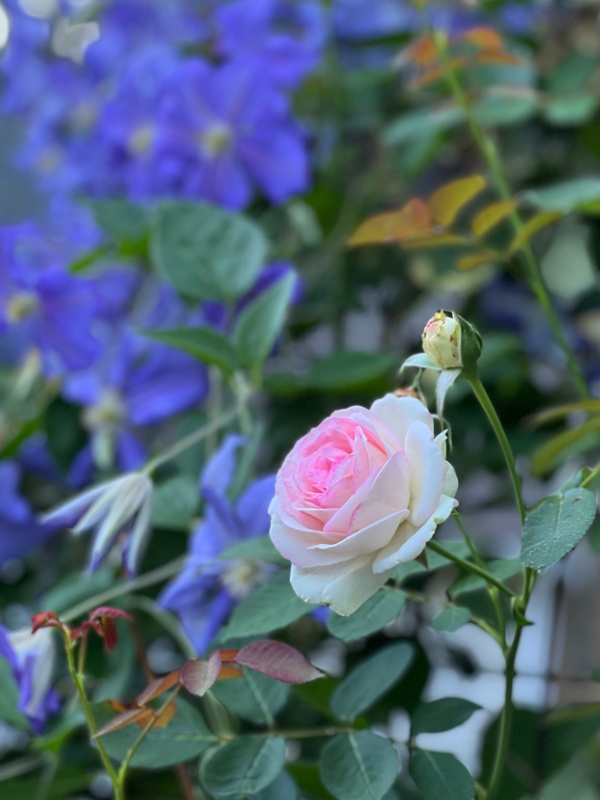
Credit: www.flowerpatchfarmhouse.com
Frequently Asked Questions For Gardening Tips And Tricks
How Can I Improve My Gardening Skills?
To improve gardening skills, regularly research plant care, practice consistent maintenance, learn from local gardeners, embrace trial and error, and attend gardening workshops.
What Is The Key To A Good Garden?
The key to a good garden is consistent care, suitable plant selection, proper watering, soil management, and regular pest control.
What Is The Hardest Thing About Gardening?
The hardest thing about gardening is managing the unpredictability of weather and pests while maintaining soil health and plant growth.
How Can I Make My Garden Grow Better?
To enhance garden growth, ensure rich, well-draining soil. Apply compost regularly. Choose plants suitable for your climate. Water appropriately, avoiding both over and under-watering. Lastly, protect plants from pests with eco-friendly solutions.
Conclusion
Embracing these gardening tips can elevate your green space to new heights. Apply this advice and watch your garden thrive. Whether you’re a novice or a pro, there’s always room to grow. So, grab your tools, and let’s cultivate a blossoming oasis together.
Happy gardening!
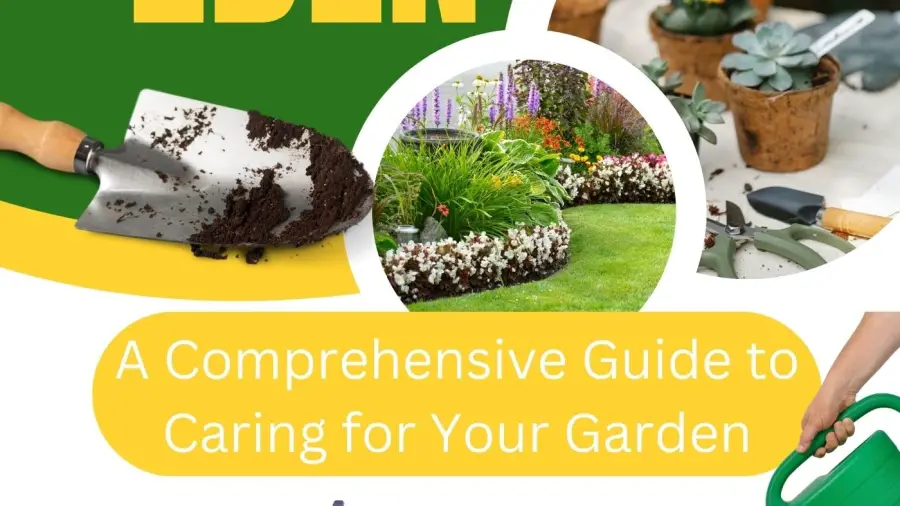
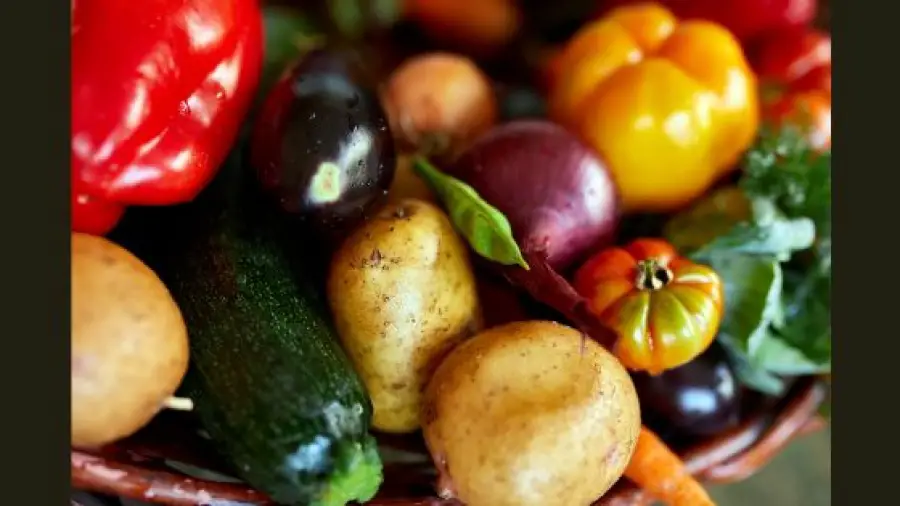


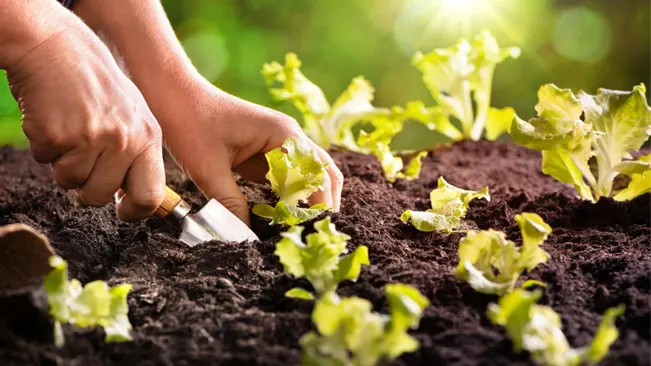
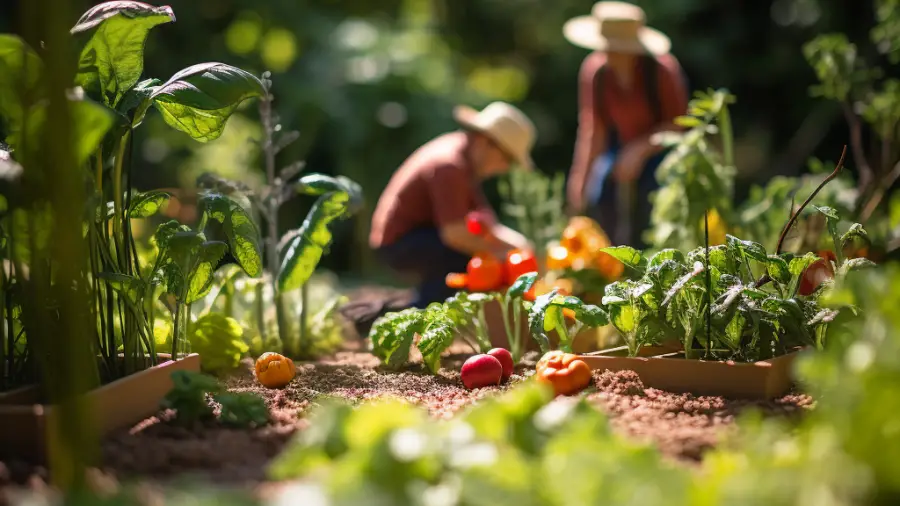



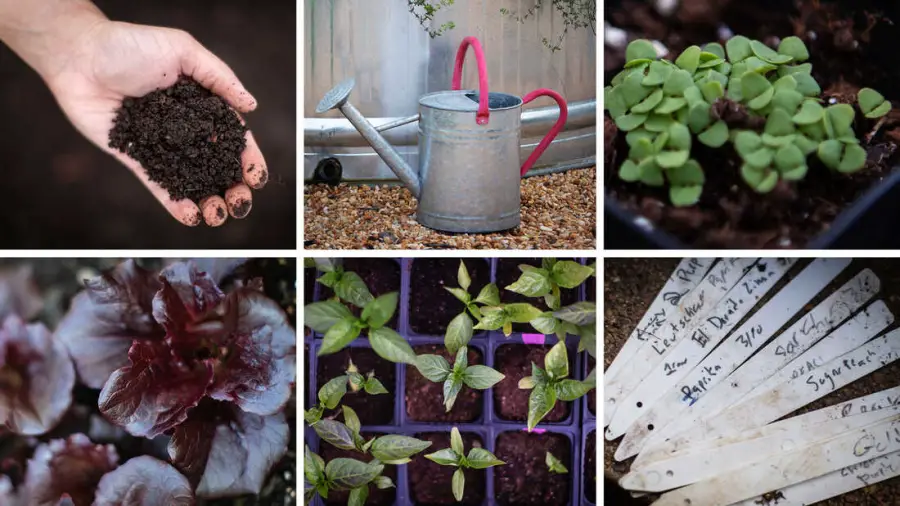
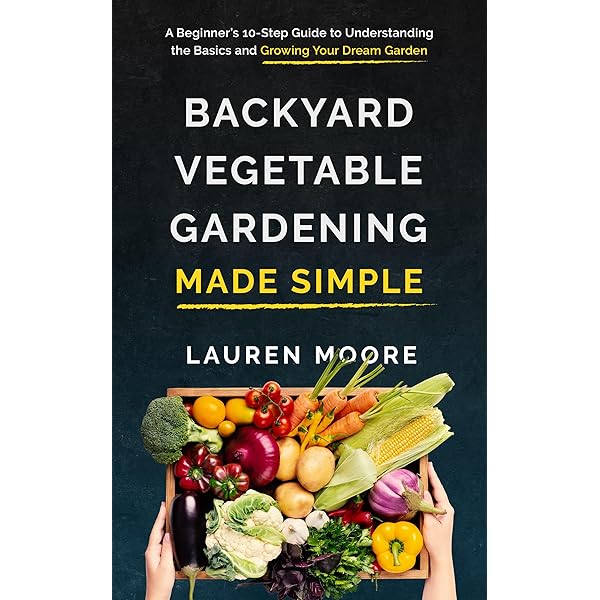
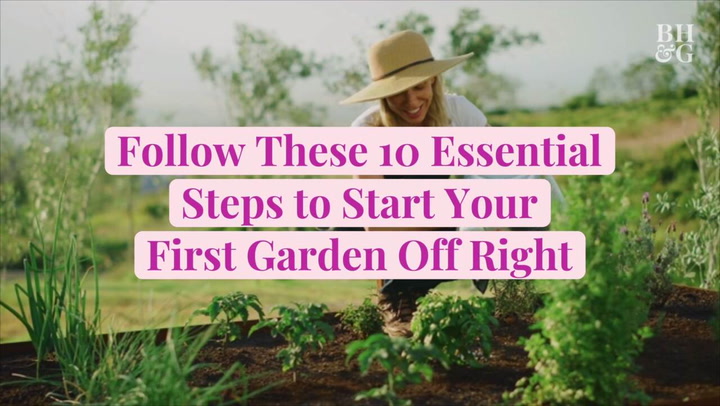
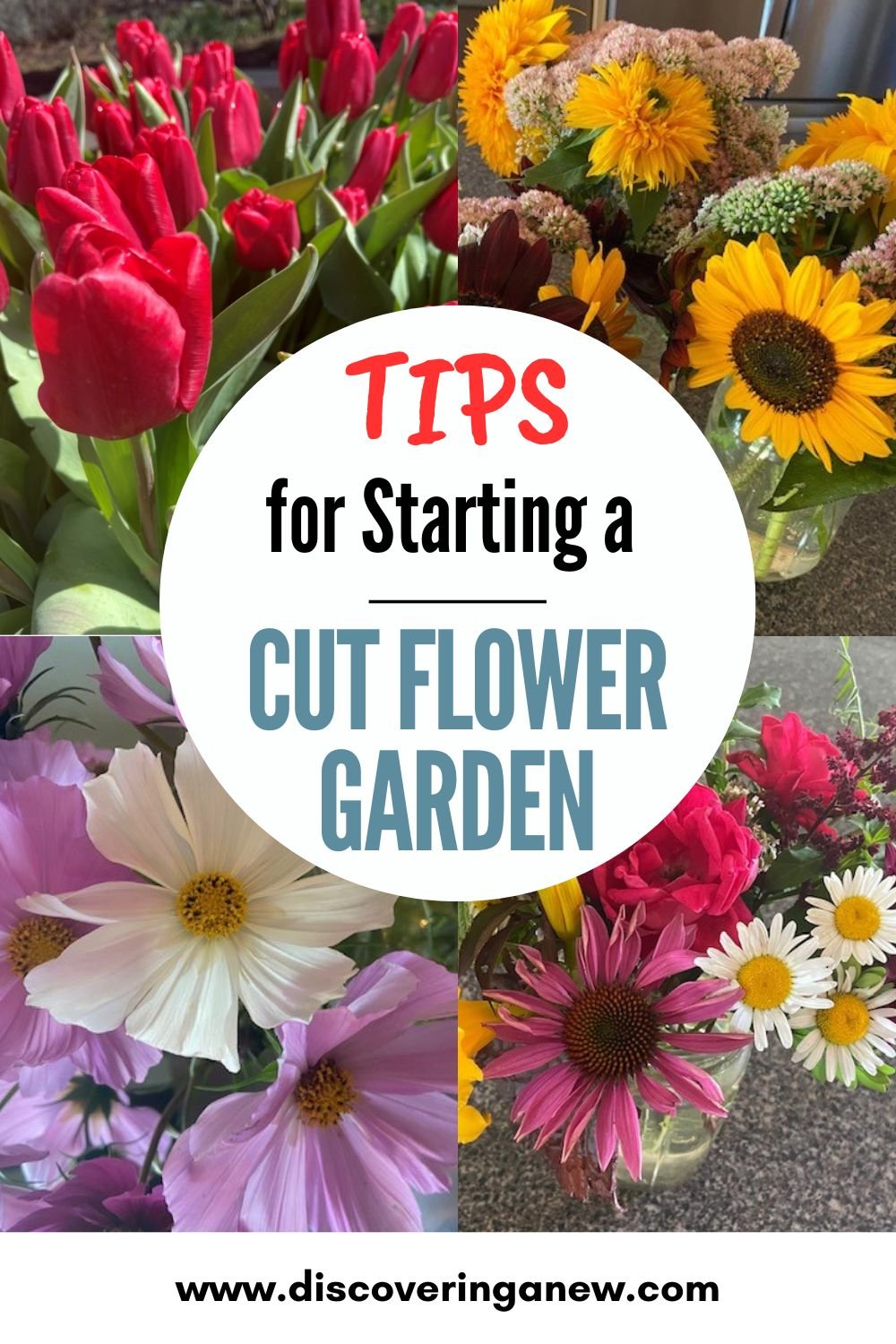
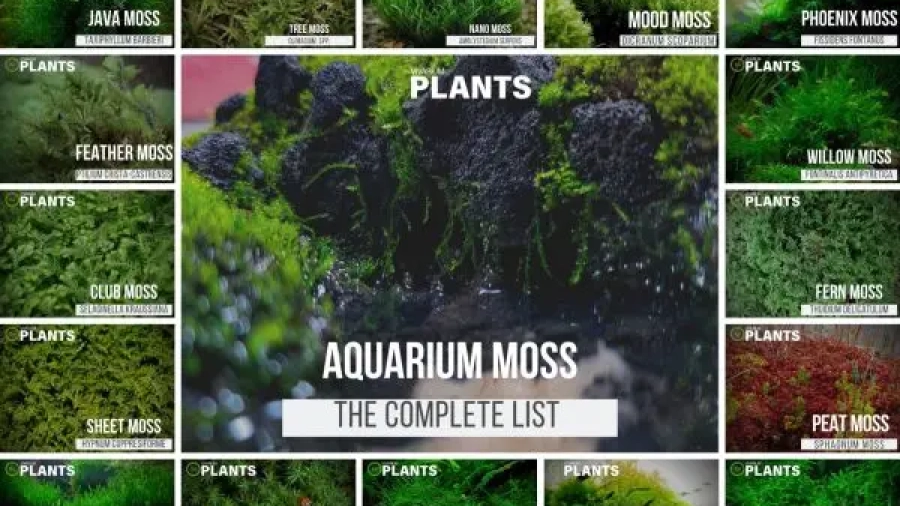
:max_bytes(150000):strip_icc()/mld105281_0110_jar_terrarium_vert-494e4ab4ec1f4a258a68ea0f0346b4cc.jpg)
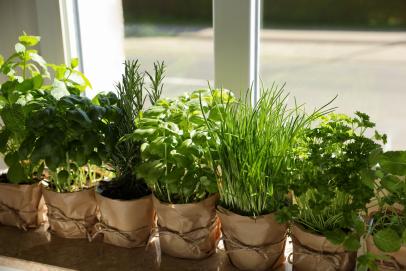
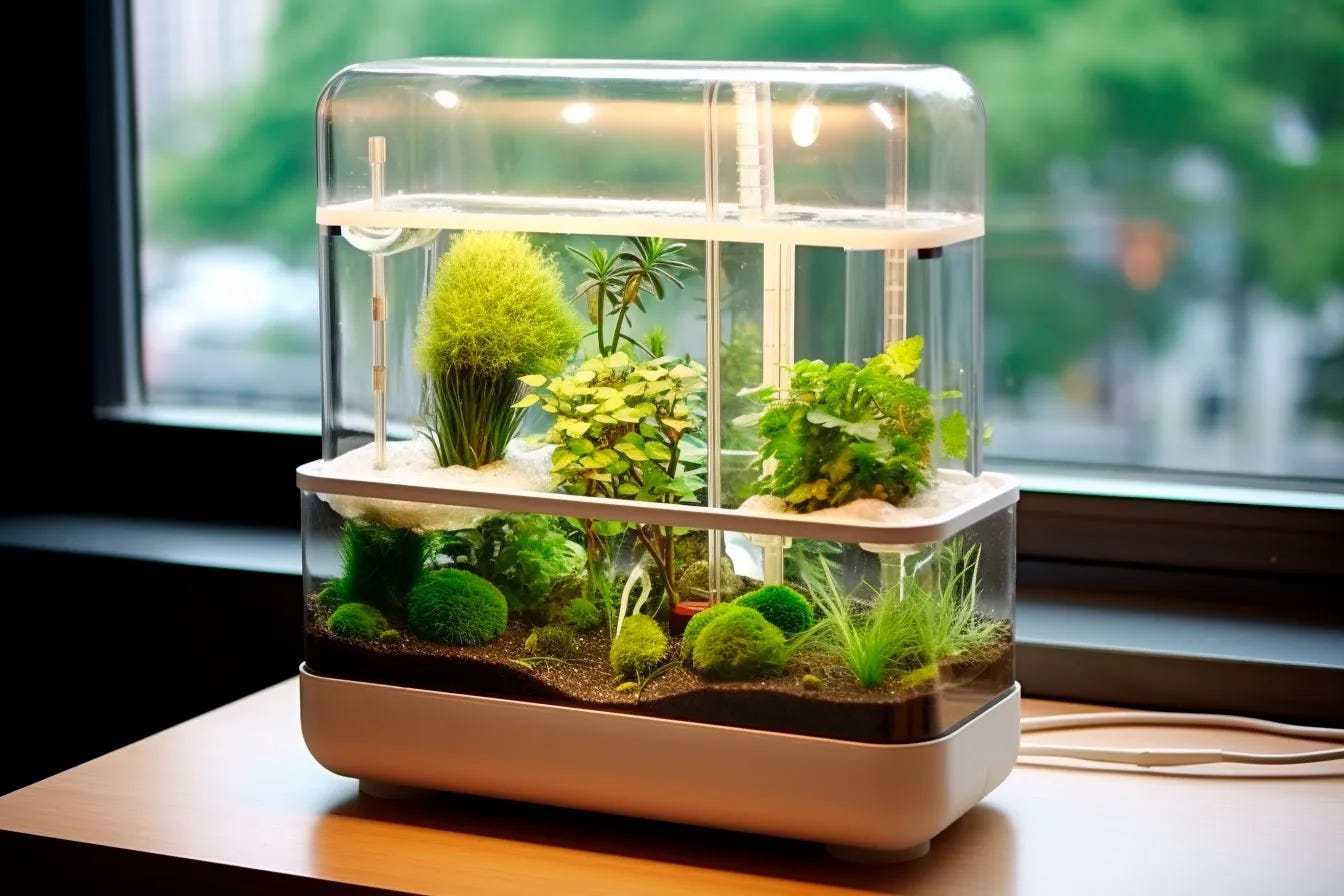


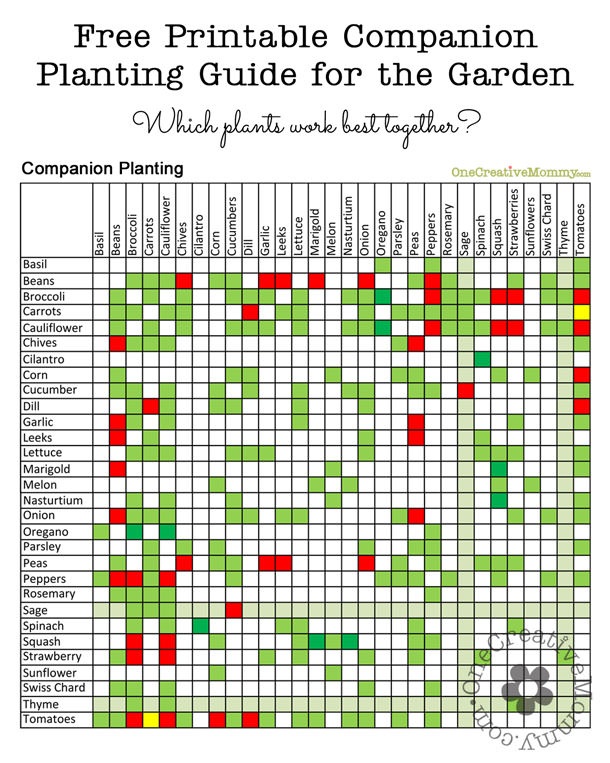

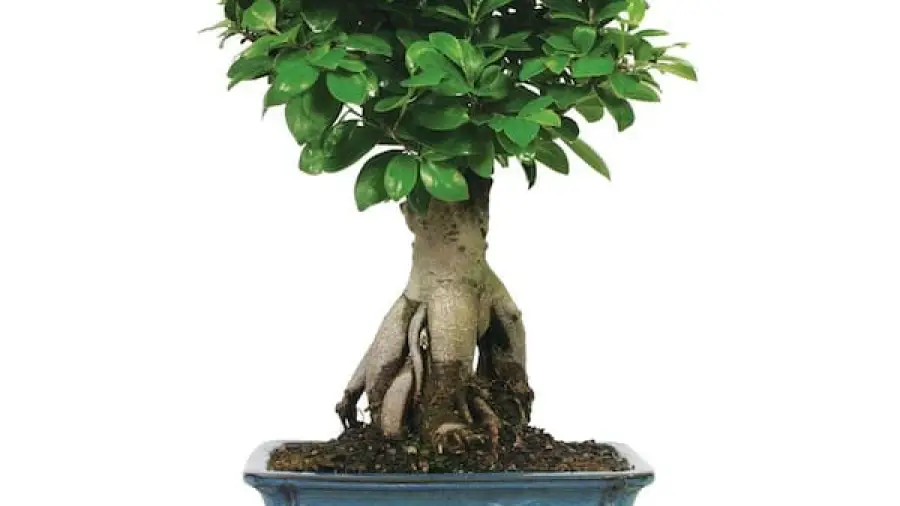
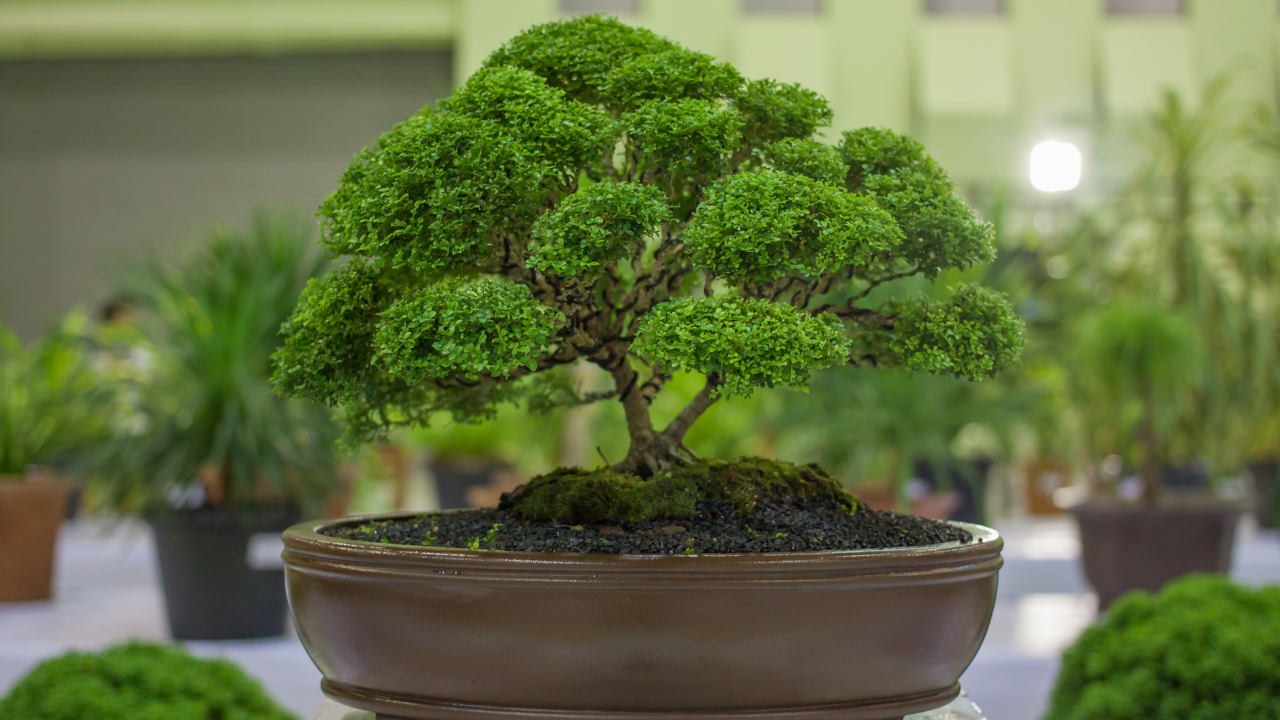

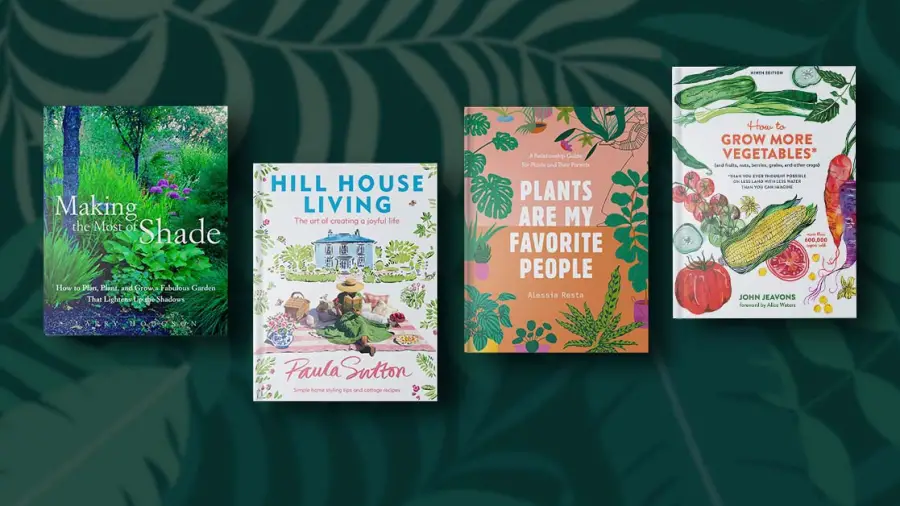







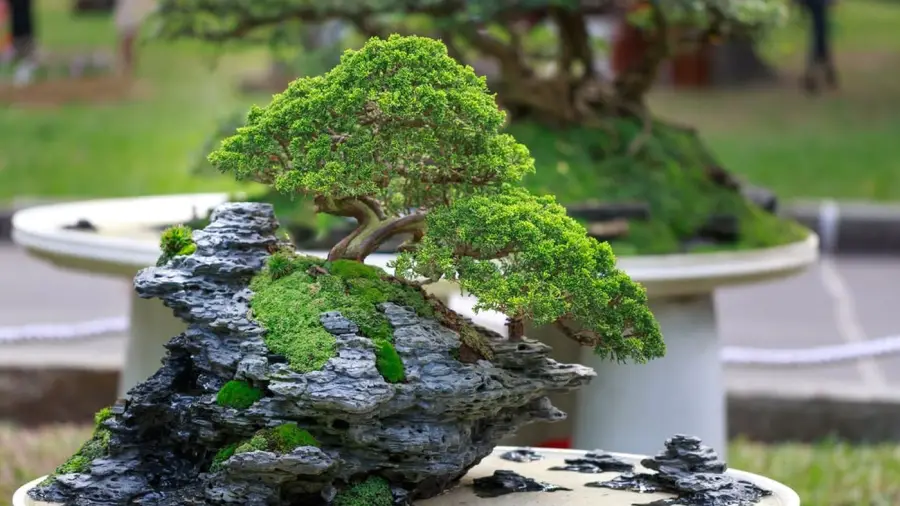

:max_bytes(150000):strip_icc()/ML_grow-Bonsai-2000-15e7a3d5a480409e9a6c7555af98b972.jpg)